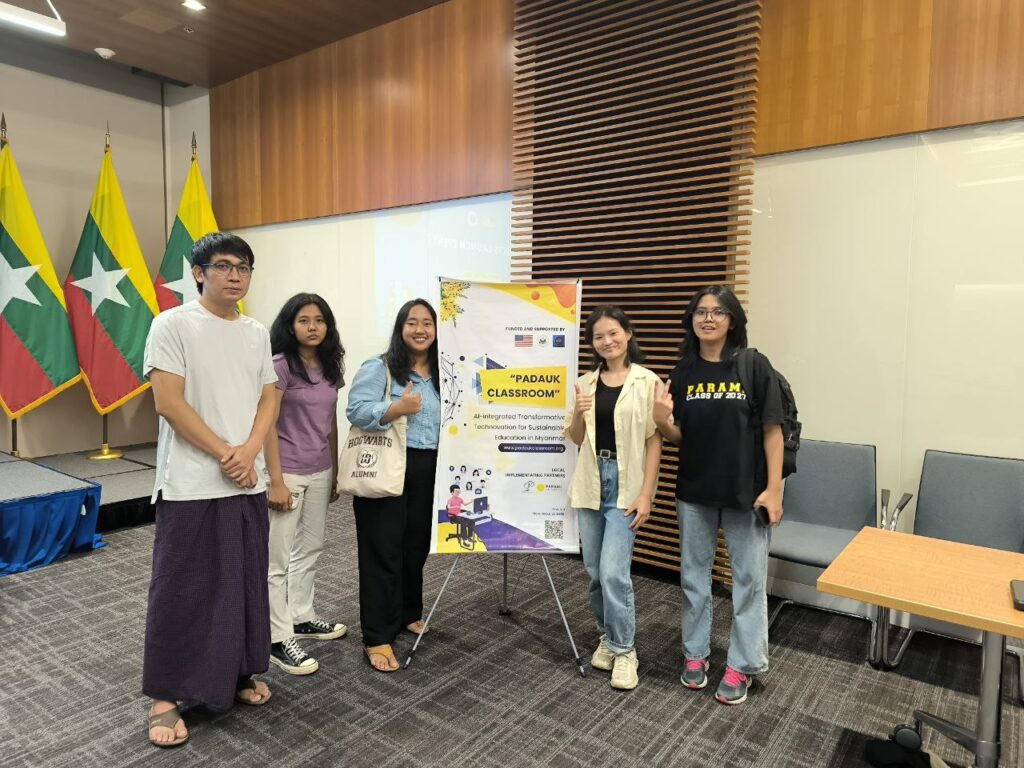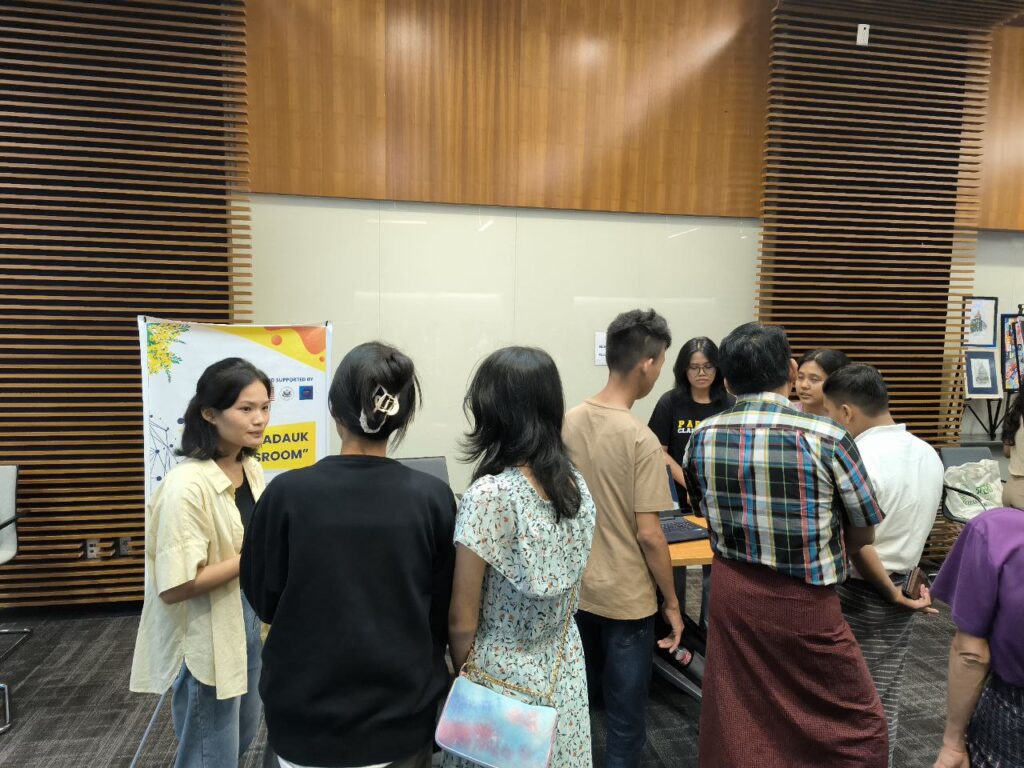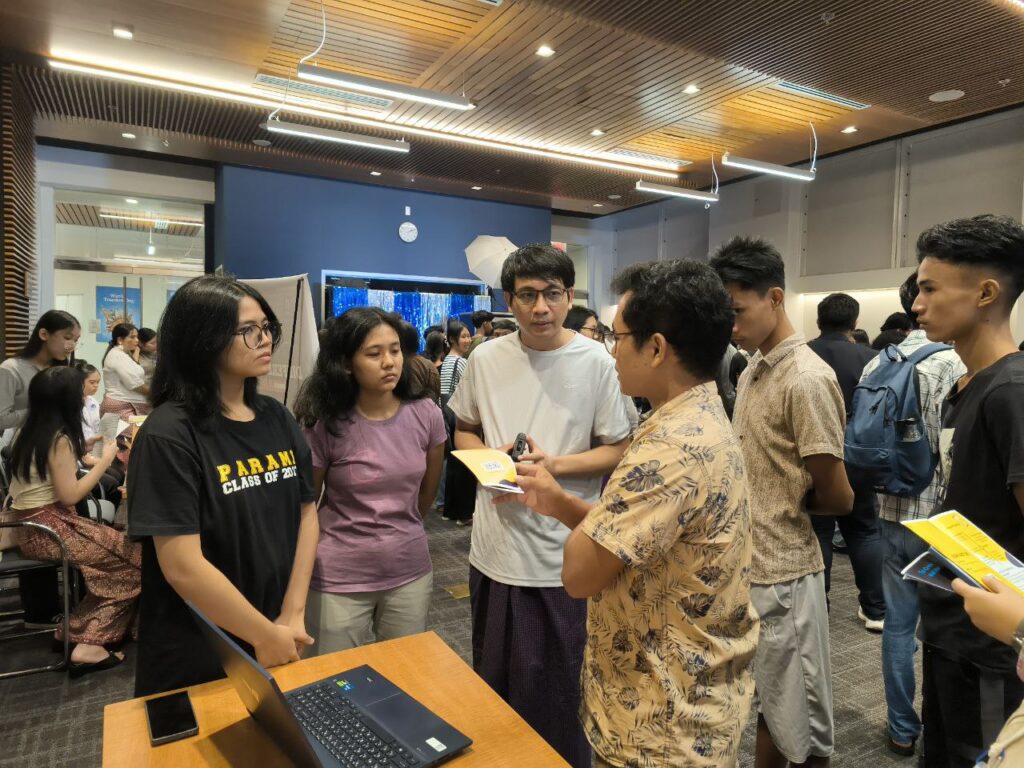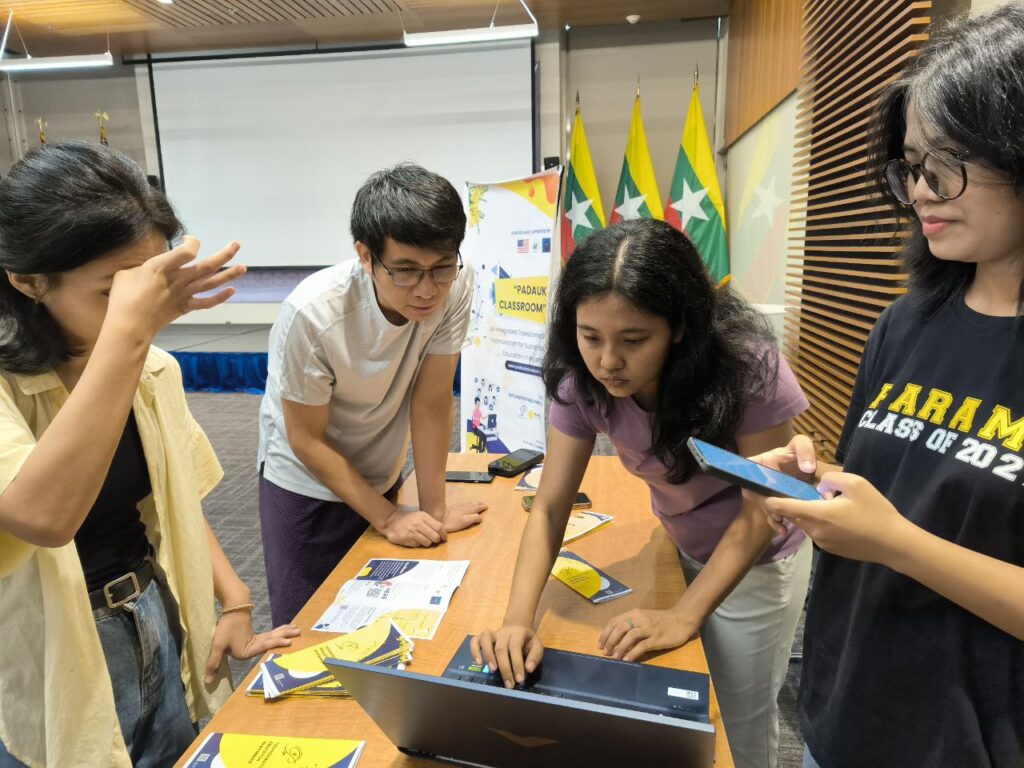Project Summary
Rapid advancement in AI has reshaped the way we teach, learn and interact in education. With the help of generative AI, for example, many educators began to be concerned whether traditional ways of written assessment can still be applicable. Despite many benefits, the neglect in effective utilization and ethical implications can pose many downsides for both educators and students. The UNESCO (2023) report also emphasizes the significant role of integrating ethical AI in education and ensuring its accessibility. Otherwise, AI in education can widen technological divide, and reproduce the discrimination, inequalities, and ethical violation. In this concerning issue of AI integration in education, Myanmar is in the most vulnerable situation to be able to adapt to this new educational landscape. However, non-state community schools and alternative education, in response to the crisis, have presented new opportunities to intervene in disrupted education and bring a paradigm shift in education of Myanmar.
Recognizing this urgent need, Padauk Classroom aims to empower students, educators, and community-based organizations to fortify AI-integrated digital self-efficacy and increase accessibility and effectiveness to higher education. Our approaches include comprehensive AI integrated digital literacy skills training to students, comprehensive education technology training and ethical AI solutions to educators, and help CBOs establish their own learning management system. As a sustainable outcome after the project, we will compile the teaching materials on AI-integrated digital training and education technology into self-paced online courses, ensuring public access for prospective students and emerging educators nationwide. The project’s ultimate goal is to enhance the accessibility of disrupted higher education and revolutionize digital classroom’s effectiveness through integrated AI technology for students, educators and community-based interim education providers.
Our Goals
Our goal is to revamp the disrupted and inaccessible education of ethnic states by offering AI-integrated digital literacy to students, education technology enhanced by AI to educators, and establishing a public access to useful tech resources for effective utilization of innovative technology in the classroom. We aim to enable more empowered, capable, and technology-enhanced interim education institutions in ethnic states, thereby contributing to overall accessibility and effectiveness of education in Myanmar.





